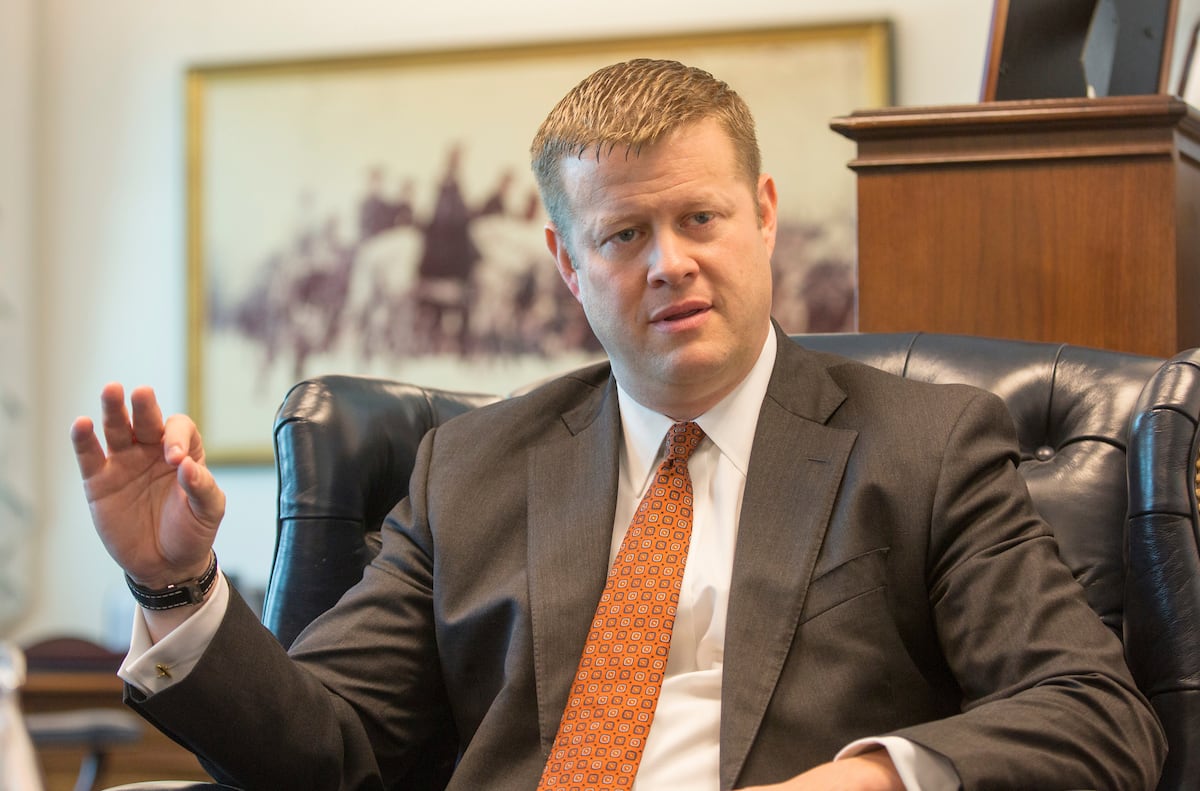The Army is weeks away from unveiling the next phase in its plans to centralize and streamline modernization under one Army Futures Command, including moves to lease office space in a major city where leaders will have access to civilian experts.
The service will start with a list of 30 options due this week to the Army secretary and chief of staff, Undersecretary Ryan McCarthy told Army Times on Tuesday.
And once a headquarters is established, he added, it will be up to commanders to make decisions about military formalities and how those will mesh with partners from different backgrounds.
“This isn’t like a standard basing decision, where we’re moving a brigade combat team somewhere,” McCarthy said. “We needed access to academia and business, and those two kind of key characteristics. Where the systems engineers, software engineers are.”

Rather than base the command at an Army installation, the service is hoping to set up a more corporate environment where it will be easier to collaborate with tech and academic partners.
“So there will probably be some adjustments to the culture,” McCarthy said.
That initial list of 30 cities will be narrowed down to 10, he said, and then further down to four finalists.
“[Vice Chief of Staff] Gen. [James] McConville and I will personally visit the down-select, and make an ultimate decision to the secretary and the chief in the late spring,” he said.
Ideally, the command will probably make a deal to rent out two or three floors of a building for the next decade, he added.
RELATED

To go with that corporate environment, leaders will be able to make decisions about uniforms, scheduling and other customs inherent to a military command.
For example, McCarthy said, he noticed the cultural divide late last year during a visit to the University of Chicago, where the Army Research Lab unveiled its new partnership with the school.
“We get out — dress blues, French cuffs — we walk in, and everyone inside is wearing hoodies and blue jeans,” he said. “We’re trying to develop a relationship, a partnership with them. So, we recognize different cultures.”
Army Futures Command is due to reach initial operating capability this summer, which will include decisions on which members of the Army’s research, acquisitions and contracting organizations will head out to the new headquarters and who will be in charge.
“There’s not a vision of buildings closing and moving trucks,” McCarthy said. “Will some people move eventually? Probably. But there will be a different reporting structure initially.”
Meghann Myers is the Pentagon bureau chief at Military Times. She covers operations, policy, personnel, leadership and other issues affecting service members.




